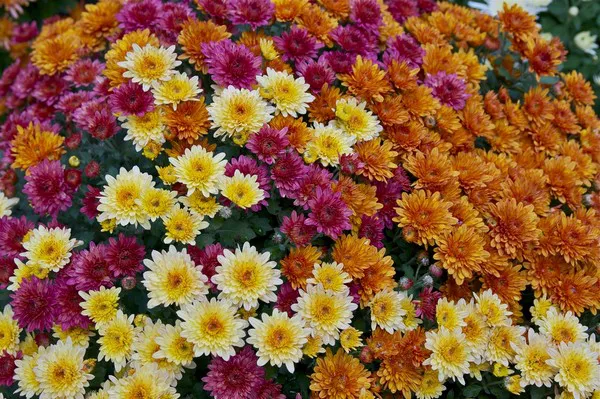As the vibrant hues of foxgloves grace our gardens, their towering spires create a spectacular display. However, once the flowers have bloomed and dazzled us with their beauty, many gardeners wonder about the next steps.
Harvesting Foxglove Seeds for Future Blooms
After the enchanting flowers of foxgloves have faded, a thoughtful approach to harvesting seeds can pave the way for future floral displays. Allow the seed pods to mature on the flower spikes, turning brown and feeling slightly papery. Gently collect these pods, ensuring they are fully dry, and open them to reveal tiny seeds. Store the seeds in a cool, dry place, ready to be sown in the following growing season. By harvesting and saving foxglove seeds, you not only perpetuate the beauty of these flowers but also have the satisfaction of nurturing a continuous cycle of growth in your garden.
Deadheading to Encourage Additional Blooms
To encourage prolonged flowering and prevent the formation of unwanted seedlings, deadheading is a crucial post-bloom practice for foxgloves. Remove spent flowers by snipping the flower spikes just below the lowest faded blossom. This prevents the plant from channeling energy into seed production and encourages the development of new buds, potentially leading to a second round of blooms later in the season. Deadheading also maintains the overall aesthetic appeal of the garden, keeping it tidy and vibrant.
Pruning and Cutting Back for Aesthetic Appeal
Once the majority of the flowers have bloomed and the plant begins to look untidy, consider pruning or cutting back certain parts of the foxglove. Trim away any damaged or yellowing leaves, and if the plant has multiple stems, selectively prune some to maintain a balanced and pleasing shape. However, exercise caution and avoid cutting back the entire plant if you wish to enjoy the possibility of self-seeding and a naturalized appearance in your garden.
Dividing Mature Plants for Optimal Growth
Foxgloves are perennial plants that can benefit from periodic division, especially as they mature and become overcrowded. Dividing the plant not only rejuvenates it but also provides an opportunity to control its size and spread. Post-flowering is an ideal time for division, as the plant’s energy is focused on root development. Carefully lift the entire plant, separate the congested sections, and replant them at the desired spacing. This process not only enhances the health of the foxglove but also promotes better air circulation and prevents the plant from competing with itself for nutrients.
Mulching to Conserve Moisture and Suppress Weeds
Post-flowering is an opportune time to apply a layer of organic mulch around the base of foxgloves. Mulching serves multiple purposes, including moisture conservation, weed suppression, and soil temperature regulation. Use a layer of organic material such as straw, bark chips, or compost to a depth of 2 to 4 inches. This not only benefits the overall health of the foxglove but also contributes to the well-being of neighboring plants, creating a harmonious garden environment.
Protecting Foxgloves from Pests and Diseases
While foxgloves are relatively hardy, they can be susceptible to certain pests and diseases. Post-flowering is an opportune time to inspect the plant for signs of infestation or infection. Aphids and spider mites are common pests that may target foxgloves. A gentle spray of water can help dislodge these pests, or alternatively, organic insecticidal soap can be applied. Additionally, removing any diseased or yellowing leaves can prevent the spread of fungal diseases. Vigilance during the post-flowering period contributes to the long-term health and vitality of foxgloves.
Overwintering Foxgloves for Spring Renewal
As fall approaches and the temperatures drop, it’s essential to prepare foxgloves for winter. Post-flowering is an opportune time to focus on overwintering practices. Cut back the remaining foliage to a few inches above the soil level, removing any dead or decaying material. Applying a layer of mulch around the base of the plant helps insulate the roots and protect them from extreme temperatures. In regions with harsh winters, consider providing additional protection, such as covering the plants with a layer of straw or burlap. Proper overwintering ensures that foxgloves emerge vigorously in the spring, ready to grace your garden with renewed splendor.
Creative Uses for Foxglove Flowers
Even after the primary blooming period, foxglove flowers can continue to contribute to the beauty of your garden in creative ways. Consider drying the blossoms to create captivating arrangements or potpourri. To dry foxglove flowers, gather them in small bunches and hang them upside down in a cool, dark place. Once fully dried, these blossoms can be used in various crafts, adding a touch of natural elegance to your home.
Conclusion
In conclusion, the post-flowering phase of foxgloves presents an array of opportunities to enhance the long-term health and beauty of these captivating plants. From harvesting seeds for future blooms to deadheading for prolonged flowering, and from pruning for aesthetic appeal to overwintering for spring renewal, each step contributes to the overall vitality of the plant. By understanding and implementing these post-flowering practices, you not only ensure the ongoing beauty of your foxgloves but also cultivate a garden that thrives with each passing season.


